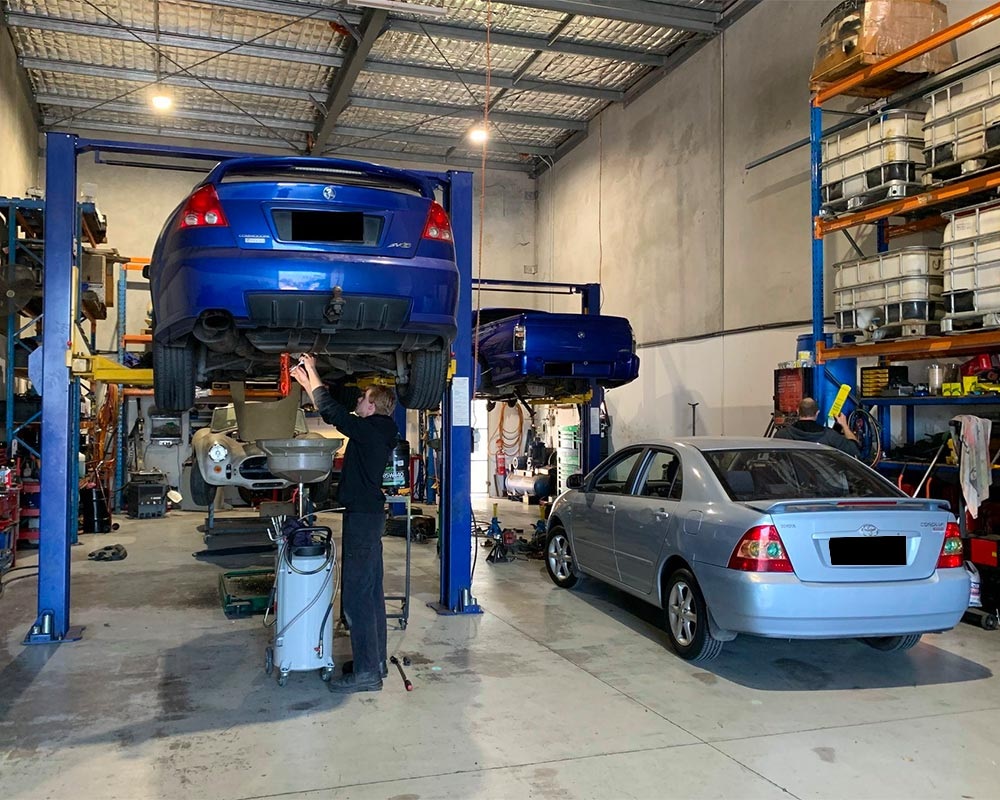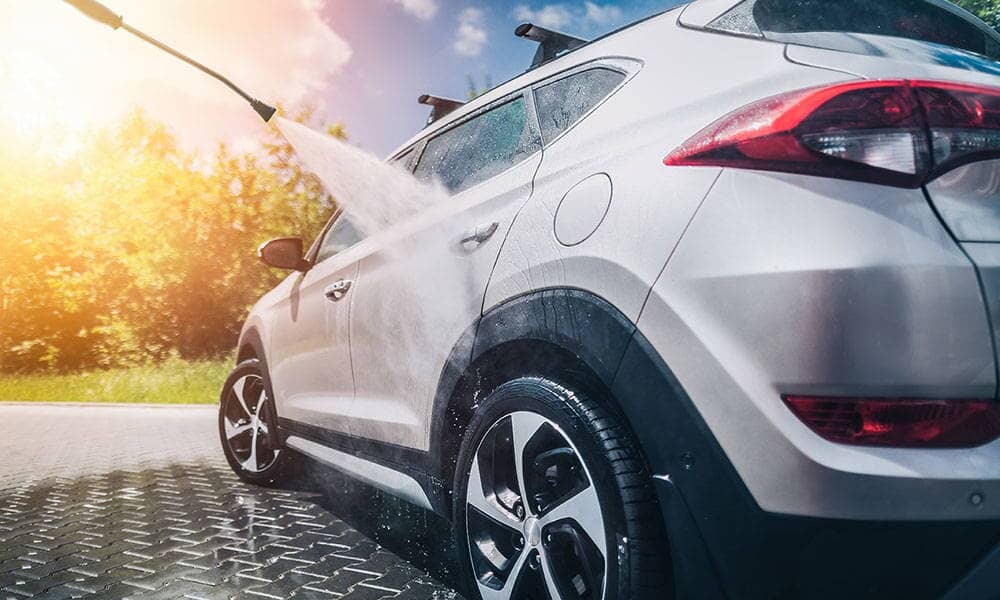The Future of Floor Pan Repairs with New Materials and Tech
For decades, floor pans were primarily made from conventional steel due to its strength and affordability. However, the automotive industry is shifting toward lightweight materials like aluminum and advanced high-strength steel (AHSS) to improve fuel efficiency and meet stricter emissions standards. Aluminum floor pans, while resistant to corrosion, require different repair techniques compared to traditional steel. This shift means repair shops must upgrade their tools and training to handle these new alloys without compromising structural integrity. As more manufacturers adopt mixed-material construction, technicians must become proficient in multi-material repair strategies to accommodate evolving designs.
Laser Welding and Bonding for Precision Repairs
Another major advancement in floor pan repair technology is the use of laser welding and adhesive bonding. Traditional spot welding, while effective, generates more heat and can distort delicate aluminum panels. Laser welding, on the other hand, provides precise, low-heat input, which reduces warping and maintains factory tolerances. Many manufacturers are also incorporating structural adhesives alongside welding to increase strength while dampening vibration and noise. As this technology becomes more common, repair facilities will increasingly rely on specialized laser welding machines and adhesive application systems to replicate factory-quality repairs.
Smart Sensors and Damage Detection Tools
The future of floor pan repairs will also be shaped by improved diagnostic tools. Modern vehicles are being equipped with embedded sensors that can detect and record underbody impacts or stress events. In addition, advanced scanning equipment like 3D laser measurement systems and ultrasound technology can identify hidden damage that may not be visible to the naked eye. These tools allow technicians to assess the exact extent of floor pan deformation or corrosion without unnecessary disassembly. As digital inspection systems evolve, repair shops will be able to deliver more accurate estimates and ensure no underlying structural issues are overlooked. Choosing the Auto Repair in Oklahoma City, OK based service would be quite essential here.
Eco-Friendly Coatings and Repair Materials
Sustainability is another driving force in the evolution of floor pan repairs. Future protective coatings for floor pans will likely incorporate more eco-friendly, water-based formulas that still provide excellent rust prevention. Similarly, repair materials like adhesives and sealants are being reformulated to meet environmental standards without sacrificing performance. Some manufacturers are even exploring self-healing coatings that can repair minor scratches or chips automatically, reducing long-term corrosion risks. These advancements not only extend the lifespan of repaired floor pans but also reduce the environmental impact of repair processes, aligning with the automotive industry’s push toward greener practices.
Training and Certification for Next-Generation Repairs
As floor pan materials and technologies evolve, technician training will be more critical than ever. Repairing aluminum panels, using laser welders, and working with structural adhesives all require specialized knowledge beyond traditional steel welding techniques. Manufacturers are already rolling out updated repair manuals, while certification programs are being developed to ensure shops can meet new repair standards. In the future, it’s likely that only certified facilities with advanced equipment will be able to handle complex floor pan repairs, particularly on high-tech or luxury vehicles. This focus on specialized training will help maintain safety, quality, and compliance with evolving repair guidelines.




